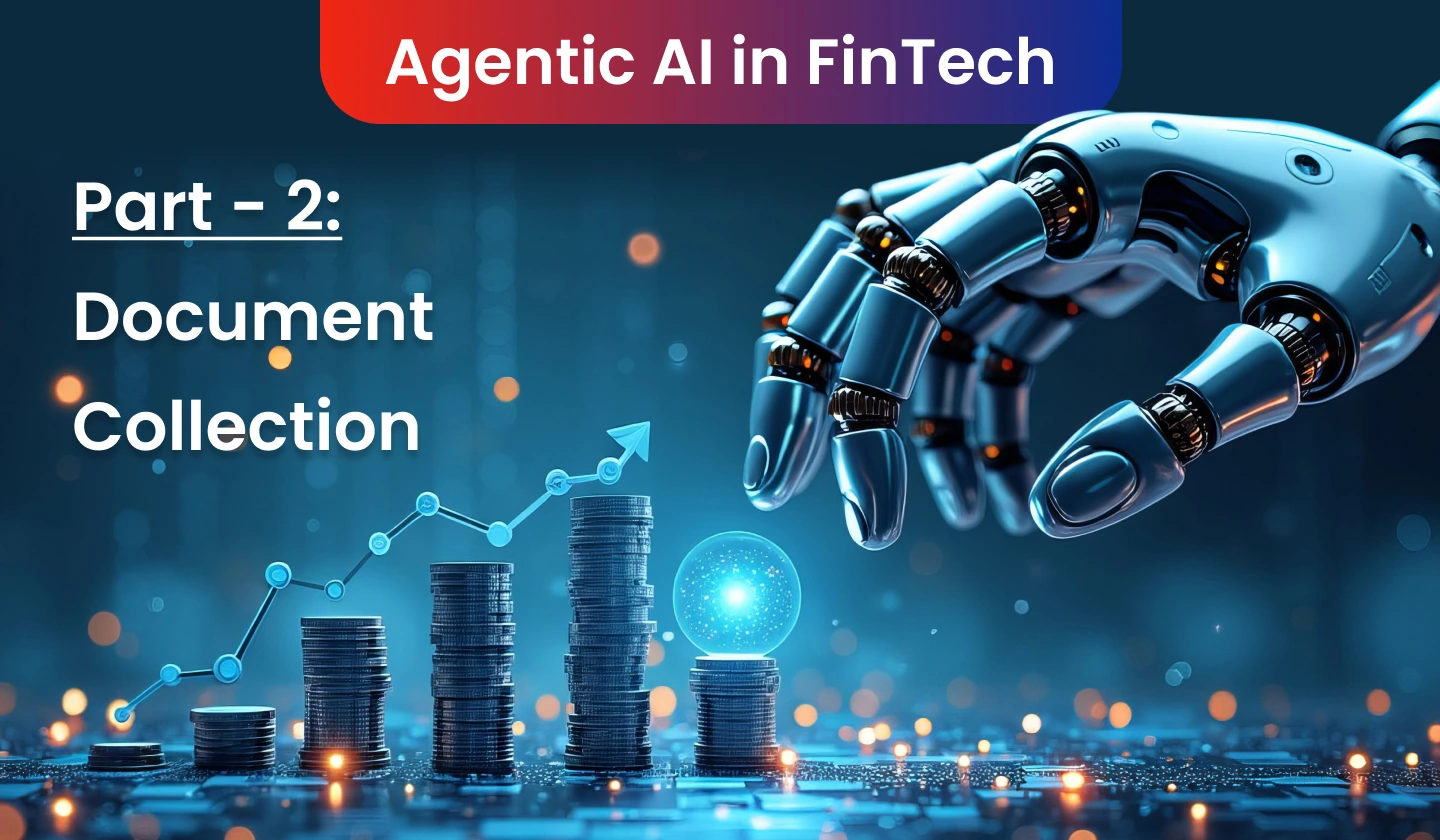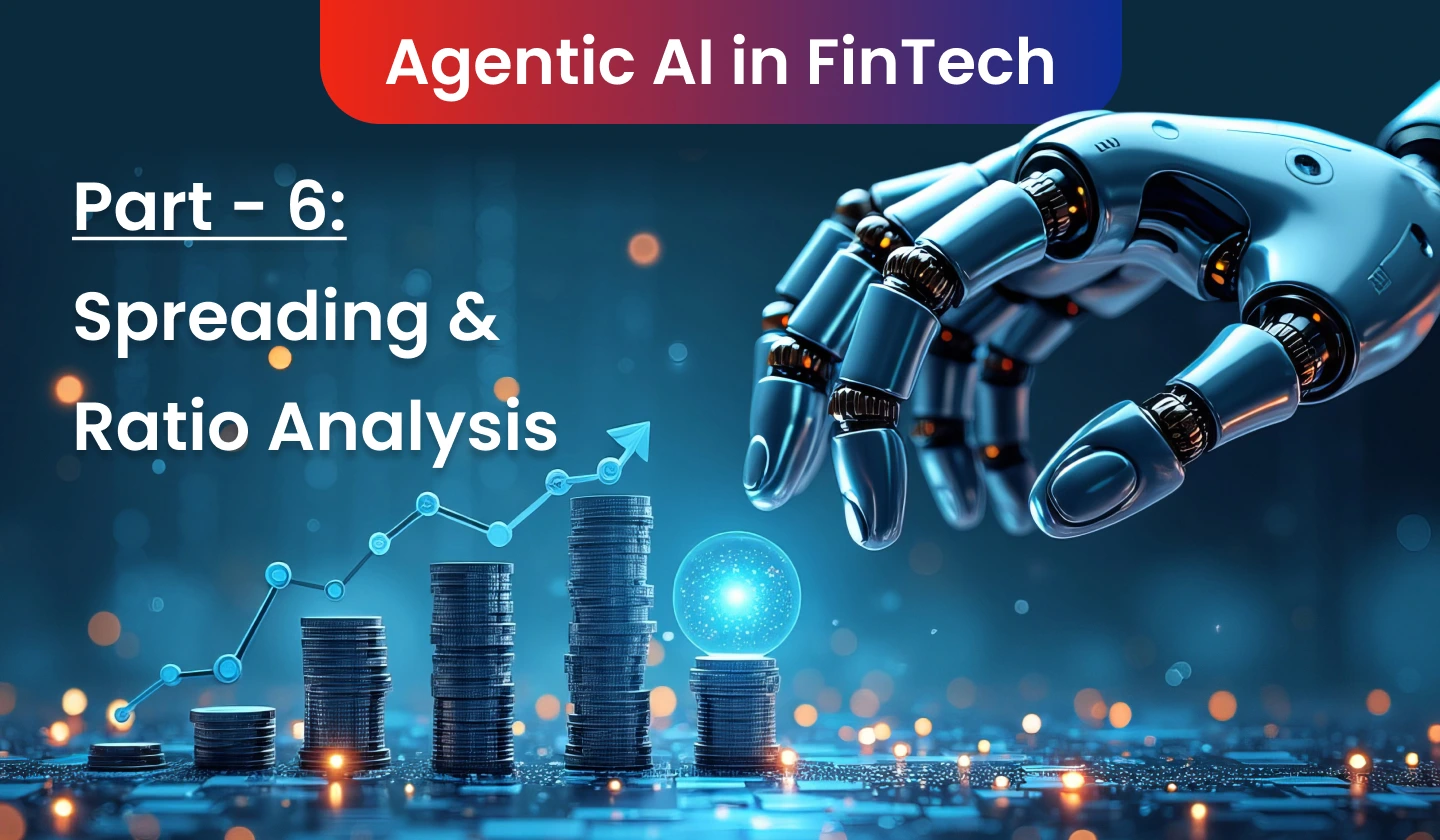How often does a single missing document slow a loan application? Far more than most institutions realize!
Research shows that 67% of commercial loan files move forward with at least one document missing. In mortgages, the challenge grows even sharper – an 11.5% error rate across loan files has translated into over $7.8 billion in additional consumer costs.
Surprising, isn’t it, for an industry that prides itself on precision and compliance?
The real issue lies in the mechanics of document collection. Every missing proof of income, every outdated KYC form, every mismatched submission creates friction that slows approvals, increases risk, and frustrates clients.
But what if document collection didn’t have to be the friction point it has been for decades? That’s where agentic AI for document collection transforms lending operations.




 10 mins
10 mins











 Talk to Our
Consultants
Talk to Our
Consultants Chat with
Our Experts
Chat with
Our Experts Write us
an Email
Write us
an Email





